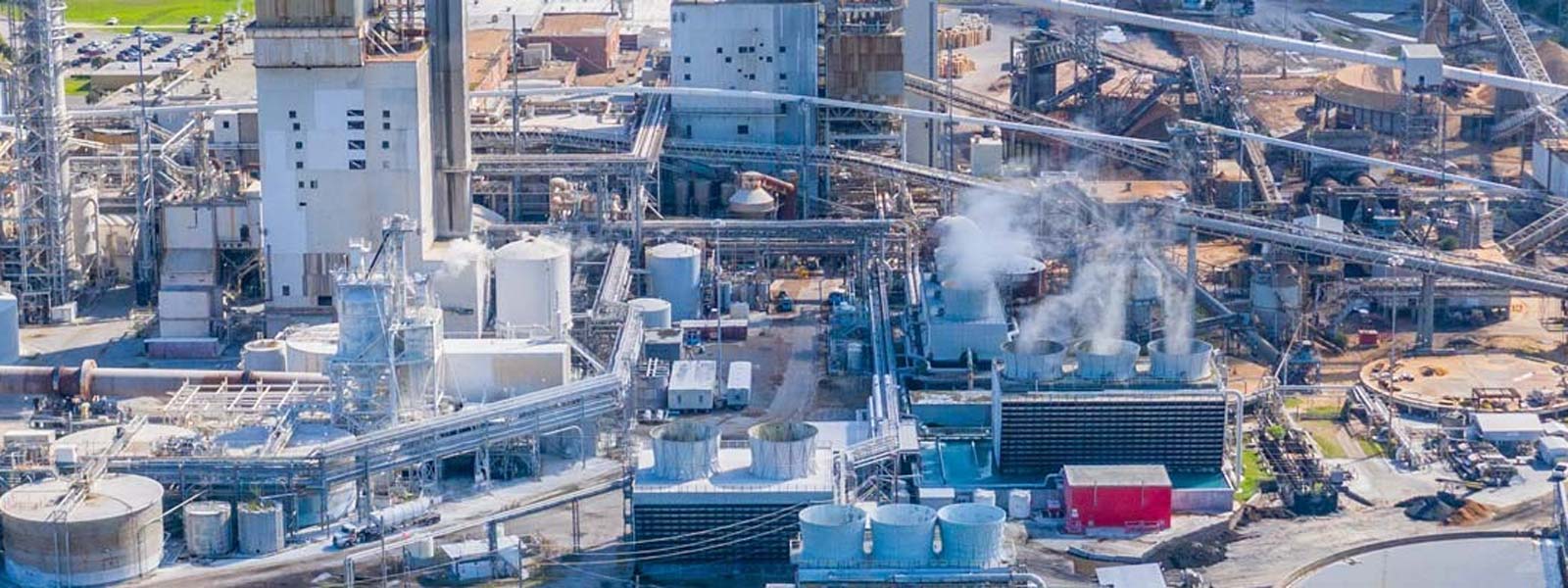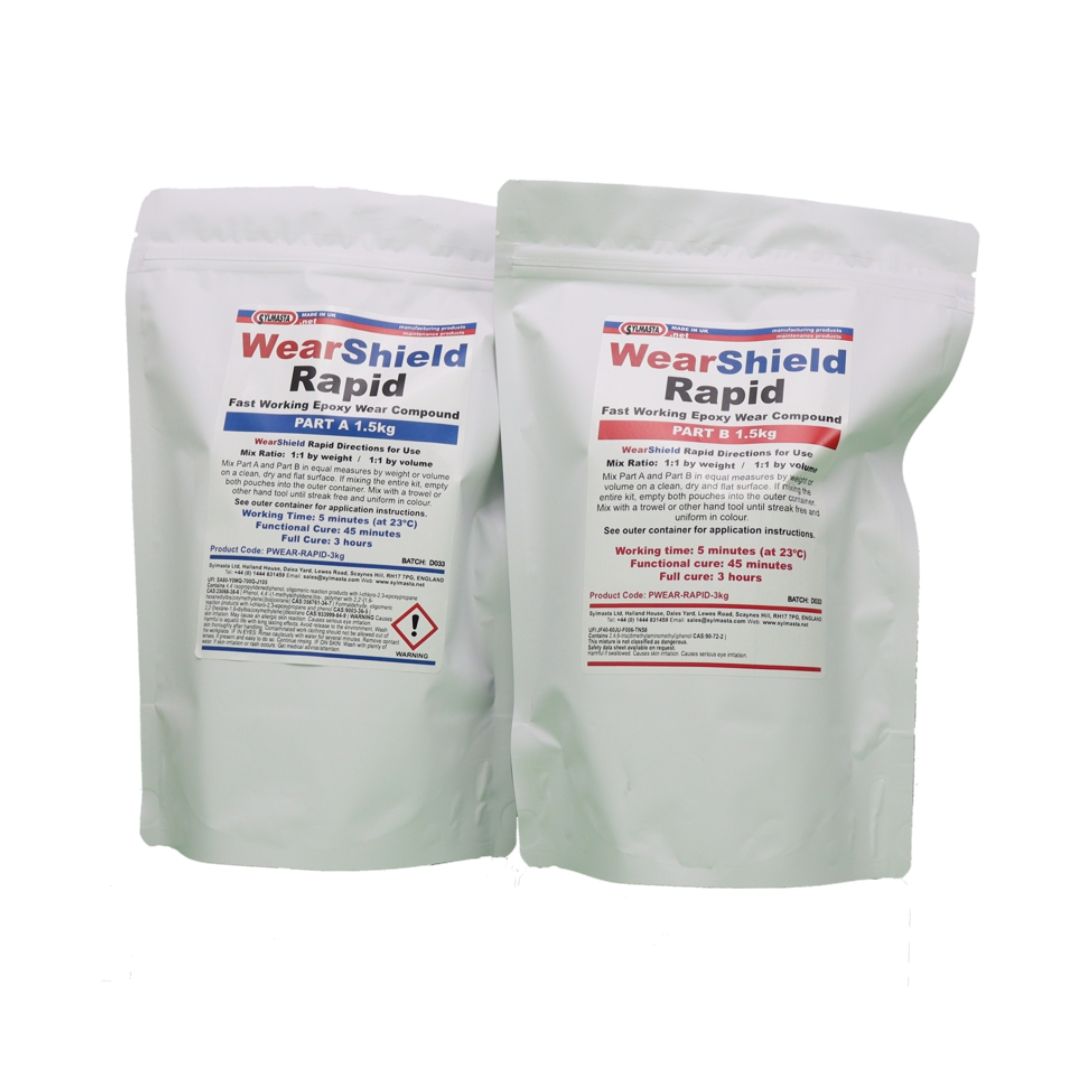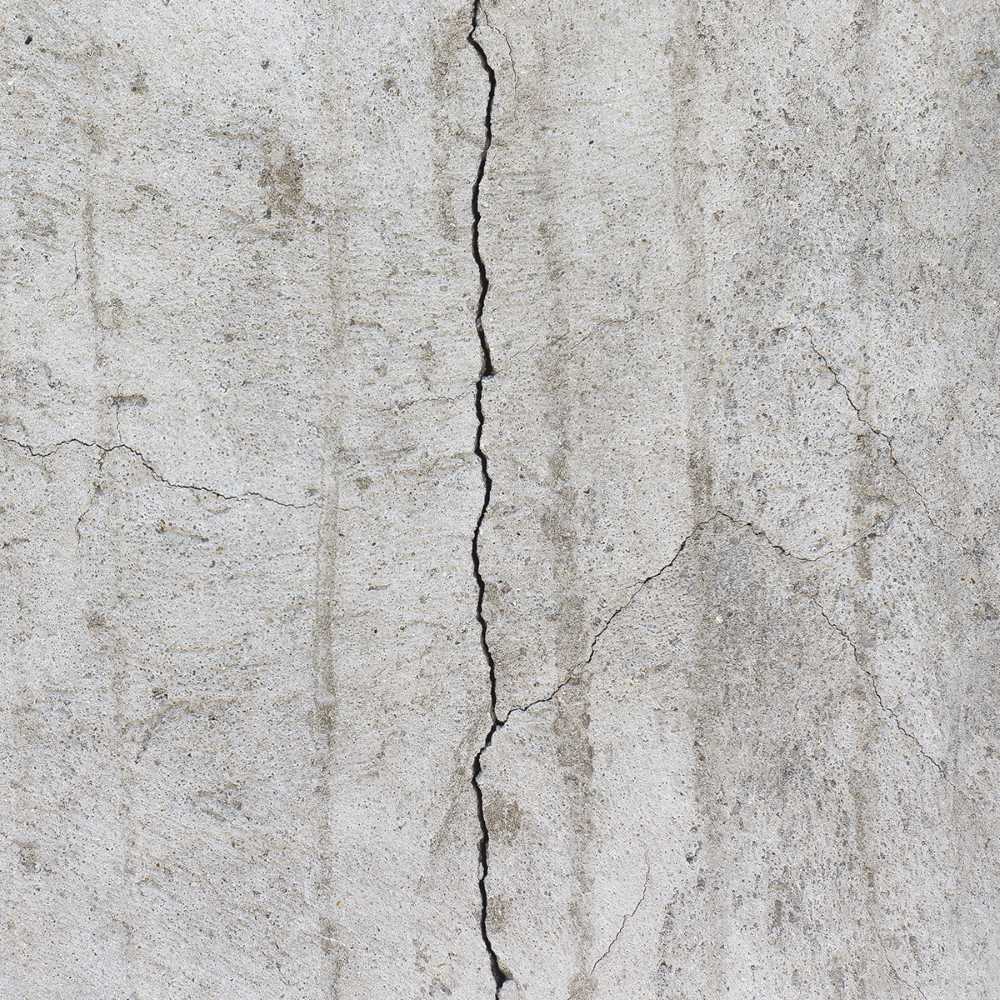
Waste Water Processing
Treating your mill waste water is a critical process. Staying in compliance with local, state and federal requirements is mandatory. This may not seem as important as producing paper, but it is one thing separate from the paper making process that could shut it down.
Waste Collection System Maintenance
The waste collection system in wastewater processing facilities is a critical component of operations, responsible for channeling process wastewater from various areas to treatment facilities. This system often consists of an underground network of pipes and concrete manholes, making it particularly challenging to inspect and maintain. Maintenance tasks frequently require confined space entry and temporary halting of wastewater flow, complicating efforts further.
When left unchecked, the waste collection system can deteriorate over time, particularly the concrete manholes. These structures are exposed to chemical-laden wastewater, which can penetrate and degrade the concrete. Over time, this damage may allow contaminated water to infiltrate the surrounding soil, posing environmental risks and potentially undermining adjacent infrastructure, such as roadways or building foundations.
To address these challenges, regular inspections and preventive maintenance are essential. Applying chemical-resistant coatings and liners to the interiors of manholes can protect the concrete from corrosive substances, ensuring the long-term durability of the system. Promptly repairing minor damage can prevent larger, costlier issues down the line. By prioritizing the integrity of the waste collection system, facilities can minimize environmental impact and ensure the efficient transport of wastewater to treatment areas.

Scouring & Deterioration of Concrete
Concrete structures in wastewater facilities are constantly exposed to abrasive and corrosive conditions that can lead to significant wear and damage. Wastewater often contains solids such as sand, dirt, and stock material that, when combined with high flow rates, create a scouring effect on concrete surfaces. This type of wear is especially pronounced in areas with bends, turns, or sudden changes in flow direction, where the force of the water intensifies.
If not addressed promptly, scouring can expose the rebar within the concrete, compromising its structural integrity and leading to further deterioration. This not only reduces the lifespan of the infrastructure but also risks operational disruptions and increased maintenance costs.
To combat this issue, repairing damaged concrete with high-strength materials is the first step. Once repairs are completed, applying abrasion-resistant coatings or toppings provides an additional layer of protection. These specialized coatings are designed to withstand the harsh conditions within wastewater facilities, ensuring a durable solution that extends the life of the infrastructure.
Proactively addressing scouring and implementing preventive measures help facilities maintain the efficiency and reliability of their wastewater processing operations while reducing long-term repair costs.
Related Products
Sylmasta WearShield Rapid 5 Minute Impact Resistant Epoxy Paste 3kg
$271.37

Sylmasta WearShield Rapid 5 Minute Impact Resistant Epoxy Paste 3kg
$271.37

Fixing a Burst or Leaking Pipe
Leaking or burst pipes are common challenges in wastewater facilities, often leading to significant safety hazards and operational inefficiencies. When untreated leaks allow water to accumulate, the resulting moisture creates ideal conditions for algae growth, making surfaces slippery and increasing the risk of accidents for workers. These leaks can also disrupt the flow of wastewater, hindering the overall efficiency of the facility.
Addressing these issues promptly is critical to maintaining safety and operational continuity. Modern pipe repair solutions offer fast, effective methods to fix leaks in various pipe materials and sizes. These products are designed for ease of use, often requiring no specialized training. Repairs can typically be completed in under 30 minutes, even on pressurized pipes, minimizing downtime and disruptions to operations.
Many repair kits come with comprehensive instructions, enabling maintenance teams to efficiently seal leaks and restore pipe functionality. Additionally, advanced repair materials can bond to wet or submerged surfaces, ensuring durability even in challenging environments. By adopting these solutions, facilities can prevent accidents, reduce water loss, and maintain the seamless operation of wastewater processing systems.




